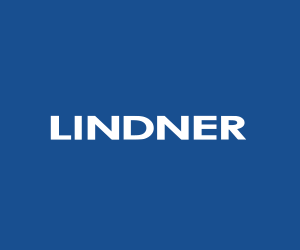plasticker-News
| 2011-03-09, 13:21 |

|
Bayer MaterialScience develops innovative method for incorporating fillers into reactive polyurethane blends
 With the Solid Injection by Air Stream (SIA) method from Bayer MaterialScience, the solids are transported in a gas stream and only injected into the mixing chamber during the blending phase. This method opens up entirely new possibilities for the use of composite materials, regardless of whether they are hard or soft, or if the polyurethane is a solid or a foam. One possible area of application is adding flame retardants to polyurethane parts, which is required for a variety of applications. Bayer MaterialScience has developed a very versatile technology for the use of fillers in reactive polyurethane (PU) blends. With the Solid Injection by Air Stream (SIA) method, the solids are transported in a gas stream and only injected into the mixing chamber during the blending phase. “The SIA technology is another example of how we use innovative developments to help polyurethane processors optimize their production processes,” said Dr. Stephan Schleiermacher, the head of the project at Bayer MaterialScience. The company will show the development at the JEC 2011 in Paris, France, from March 29-31. This method opens up entirely new possibilities for the use of composite materials, regardless of whether they are hard or soft, or if the polyurethane is a solid or a foam. One possible area of application is adding flame retardants to polyurethane parts, which is required for a variety of applications. With today´s batch method, fillers are often added to the polyol component before this is blended with the isocyanate component in the high-pressure mixing head and reacted. There are two disadvantages to this method, however. First, the system components must be adequately protected against wear caused by the solid, and second, large or mechanically sensitive filler particles limit the options. “With the SIA technology, the components – polyol, isocyanate and filler – are added separately and not blended together until in the mixing head. This avoids the disadvantages of the batch method,” said Roger Scholz, a polyurethane expert at Bayer MaterialScience. The plant technology was developed in close cooperation with Hennecke GmbH. Bayer MaterialScience is committed to cooperations with equipment manufacturers to be able to optimally support customers in the development of materials and processes. The method enables the use of very light or heavy fillers, or also the combination of different types. Even reactive substances or particles with porous surfaces can be used. This significantly reduces the probability of changes to the fillers and the wear of plant components due to abrasive or corrosive additives. The technology also makes it possible to vary the filler content within a layer or between different layers, such as in a sandwich composite, for example. Bayer MaterialScience operates a pilot plant employing the method in Leverkusen. More Information: www.bayermaterialscience.de JEC Composites Show 2011, 29.-31. March 2011, Paris, France |
Bayer MaterialScience AG, Leverkusen, Germany
 back to news list back to news list |  back to top back to top |











